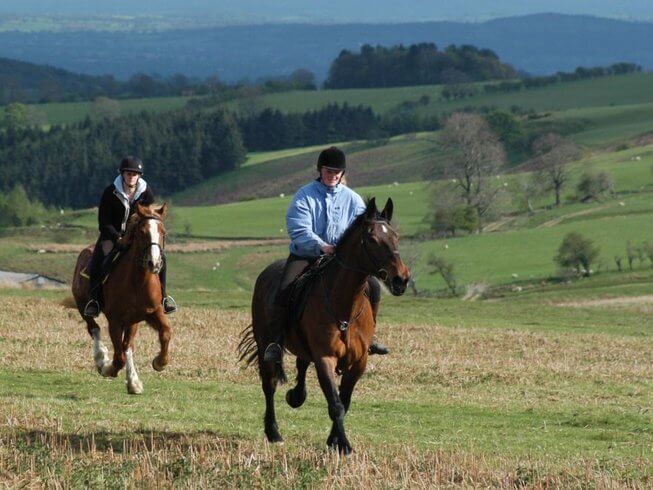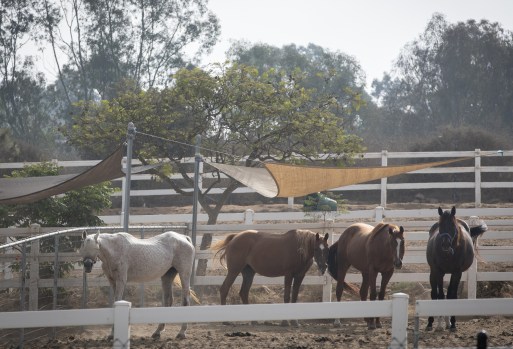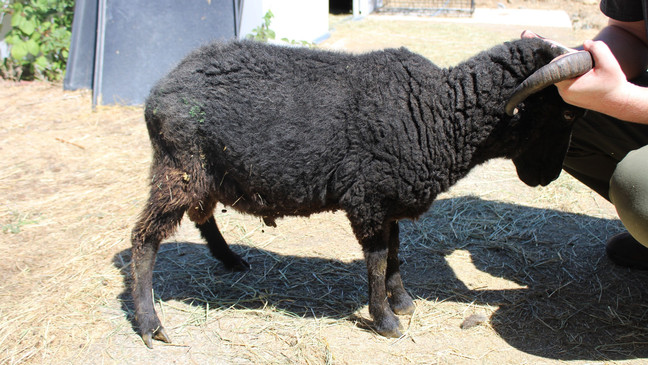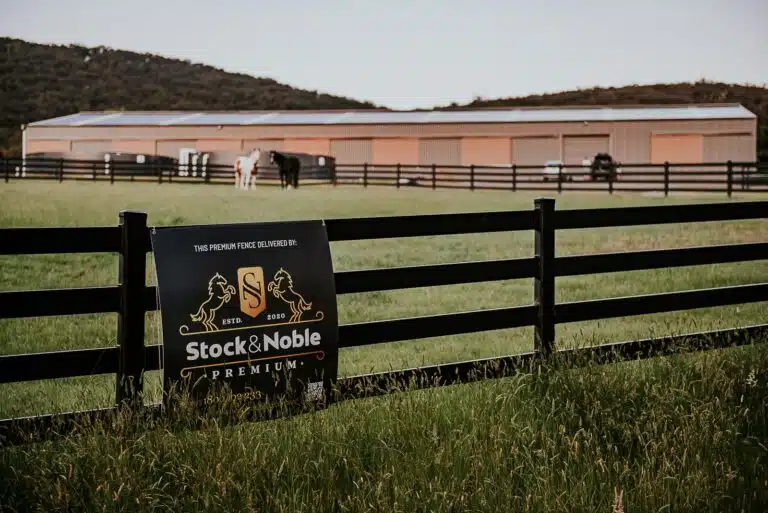Creating Horse-Safe Family Properties

Designing a family property that is safe for horses requires careful planning and consideration of both the animals’ needs and the safety of family members. This article explores essential aspects of creating a secure, comfortable environment for horses while ensuring the property remains family-friendly.
Key Considerations for Horse-Safe Properties

| Aspect | Description |
|---|---|
| Fencing | Use sturdy, horse-friendly fencing such as vinyl, wood, or mesh to prevent injuries and escapes. Avoid barbed wire. |
| Shelter | Provide adequate shelter to protect horses from extreme weather, including windbreaks and shade. |
| Pasture Management | Maintain clean, well-drained pastures with safe, non-toxic plants. Rotate grazing areas to prevent overuse. |
| Water Supply | Ensure constant access to clean, fresh water through automatic waterers or regularly cleaned troughs. |
| Safe Access | Design pathways and gates wide enough for horses and equipment, minimizing sharp turns and obstacles. |
| Storage Areas | Secure storage for feed, tools, and medications away from horses and children to prevent accidents. |
Designing for Family and Horse Safety

- Separate Zones: Create distinct areas for horses and family activities to reduce risks of accidental injury.
- Child Safety: Install child-proof gates and educate children on safe behavior around horses.
- Lighting: Use adequate lighting in stables and pathways for visibility during early mornings or evenings.
- Emergency Preparedness: Keep first aid kits accessible for both humans and horses, and have an evacuation plan.
Practical Tips for Maintenance
- Regularly inspect fences and gates for damage.
- Keep the property free of debris and hazardous materials.
- Schedule routine veterinary and farrier visits.
- Monitor pasture quality and soil health.
Frequently Asked Questions (FAQ)
Q1: What type of fencing is safest for horses?
A1: Smooth, high-tensile wire or vinyl fencing is recommended as it reduces the risk of cuts and entanglement.
Q2: How much space does a horse need?
A2: Ideally, each horse should have at least 1.5 to 2 acres of pasture to roam and graze.
Q3: Can children safely interact with horses on the property?
A3: Yes, with proper supervision, education, and safety measures like child-proof gates, children can safely enjoy horses.
Q4: How do I prevent toxic plants in pastures?
A4: Regularly inspect and remove harmful plants, and consult with an equine nutritionist or local extension service.
Conclusion
Creating a horse-safe family property involves thoughtful design, ongoing maintenance, and education. By implementing these strategies, families can enjoy a harmonious environment where both horses and people thrive safely together.
